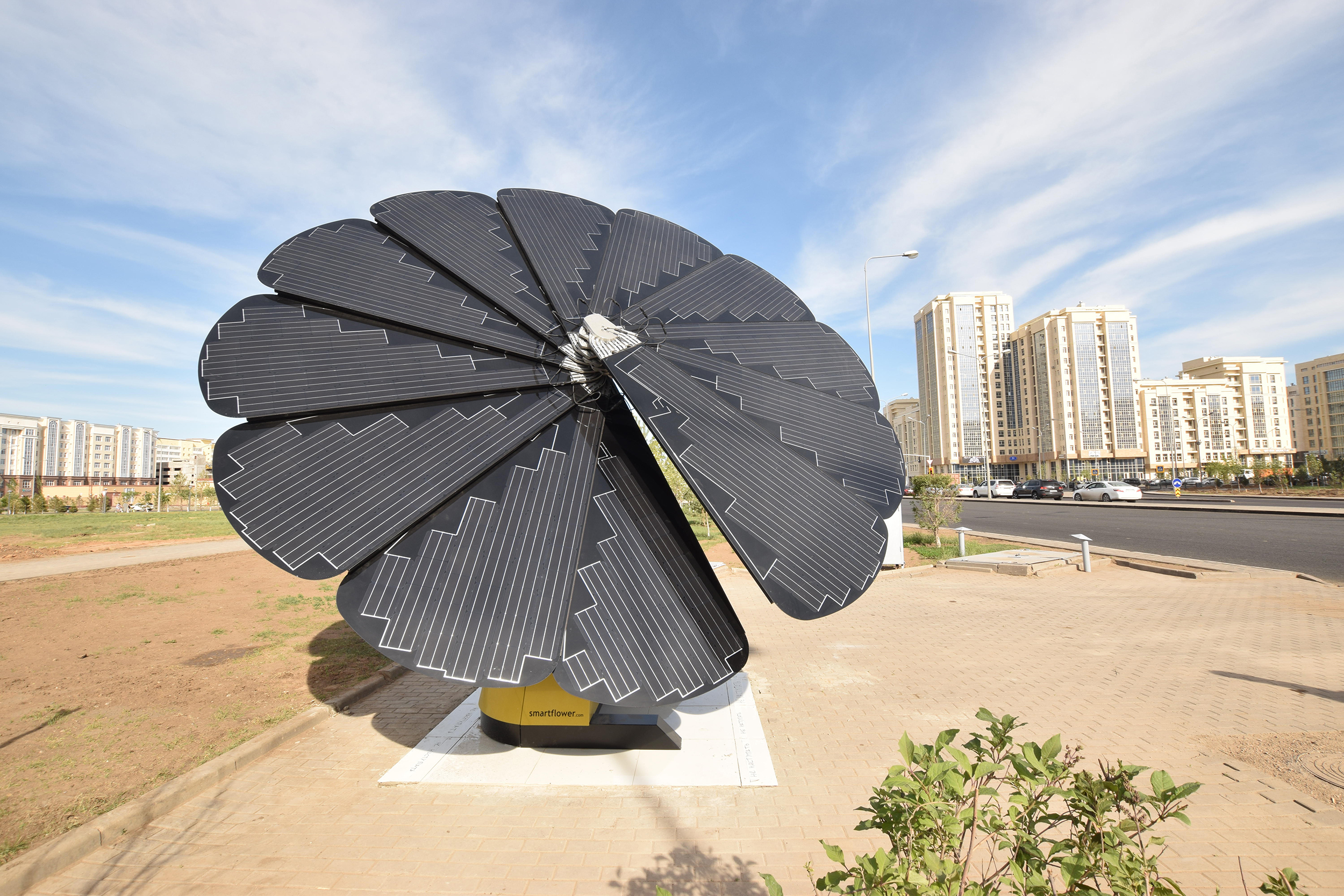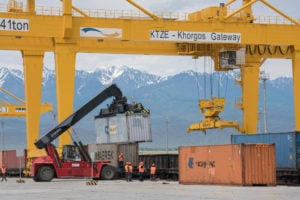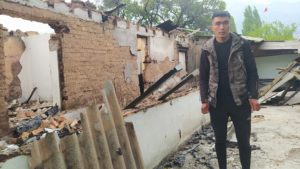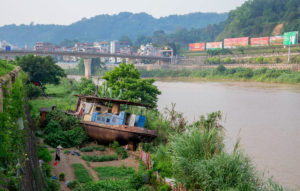After decades of neglect, Kazakhstan’s energy infrastructure is in desperate need of repair. Investing in renewable energy may be the best way to modernise it. The current energy grid was developed during the Soviet period and is heavily reliant on domestic coal, gas and oil resources. Following independence, repeated economic crises prevented the country from investing in the maintenance and development of the grid.
Over time, this has led to a dramatic reduction of the energy system’s efficiency. For example, a 2011 survey found that a typical 1,000 MW coal plant had an efficiency of around 27%. The average efficiency of gas-fired plants hovered around 60-65%.
The new ambitious renewable goals set by the Kazakh government are an attempt to rectify these chronic issues while leapfrogging to a low-carbon economy. The country aims to draw 30% of its electricity output from renewables by 2030 and 50% by 2050.
Expanding the energy mix
Hydropower has huge potential in Central Asia. But due to the concentration of the main water resources in Tajikistan and Kyrgyzstan, other countries need to diversify their renewable portfolios. Since the collapse of the Soviet Union, the Amu Darya and Syr Darya rivers have become geopolitical flashpoints in the region as the five Central Asian countries have attempted to maximise the rivers’ hydroelectric and irrigation potential.
A lack of environmental planning and international coordination in these efforts has not only created political setbacks, it has also desiccated the Aral Sea, into which the two rivers flow. Given Kazakhstan has limited hydroelectricity capabilities, it would benefit from focussing on different sources of renewable energy when implementing large-scale reconstruction of its power grid. Future investment would be best directed toward developing solar and wind energy infrastructure.
Among renewable energy alternatives, wind and solar power are the most appropriate for Kazakhstan
Among renewable energy alternatives, wind and solar power are the most appropriate for the country. Wind energy potential dramatically exceeds Kazakhstan’s average energy usage and the country boasts one of the highest rates of per capita solar radiation received in the world. Given this potential, it is surprising to see that as of 2019, wind and solar power only comprise 0.7% and 0.4% of Kazakhstan’s total electricity production. However, it is encouraging that these figures represent a 75.3% and 196.9% growth in energy production from 2018.
International funding for renewable energy
Identifiable individual projects contributing to this growth are mostly supported by international funding. The bulk comes from European and Western sources including the European Bank for Reconstruction and Development, the Eni Group and General Electric funding wind energy projects. Solar projects have received funding from KB Enterprises, Siemens, the Hevel Group, and the Eni Group. Some UN-affiliated bodies such as the Green Climate Fund and Clean Technology Fund Trust Fund Committee have also contributed to wind energy projects.
Since 2018, Chinese company have started contributing to the development of this sector. The Asian Development Bank, the Asian Infrastructure Investment Bank, the Industrial and Commercial Bank of China, and Horgos Jiuhe SilkBridge New Energy Co have provided funding for two wind and one solar energy project. This suggests that China may prove to be a promising source of funding moving forward. Additionally, its involvement gives hope that international cooperation between Chinese and Western companies in funding these projects may continue to grow, as was the case with the Zhanatas Wind Power Plant.
Getting the design right
The dramatic growth of renewable energy infrastructure as well as the international nature of its financial backing paints an encouraging picture for the future of Kazakh energy. But there is still room for error which could derail Nur-Sultan’s goals before 2050. For example, one question is whether the type of technology used to generate solar energy is being properly adapted to local environmental conditions.
Previous experiences have shown how poor implementation can make or break a country’s renewable plans
Previous experiences have shown how poor implementation can make or break a country’s renewable plans. Iran’s shift to solar energy has been hampered in large part due to its mismanaged implementation of solar photovoltaic panels. The ability of the panels to function is diminished under certain conditions such as high temperatures and air pollution, leaving only five northern provinces fit for solar energy production. To avoid such complications, Kazakhstan could implement parabolic trough high-temperature solar thermal collectors. They can function at temperatures up to 400 degrees Celsius. Collectors of this type are already used in plants such as the Solana Generating Station in Gila Bend, Arizona, USA, where temperatures reach highs of over 42C, which exceeds the average summer high temperatures in one of Kazakhstan’s southernmost cities, Shymkent.
Kazakhstan could also be in danger of falling short of its progressive energy goals if it continues to overlook the areas with the highest renewable energy potential. This should not be a problem in terms of solar energy. The highest levels of insolation can be found in the southern regions of the country. While not all solar energy projects have been concentrated here, two such projects are already under development and plans for future projects in the region have been announced.
However, this issue may prove problematic for wind development. One of the most promising areas for wind energy generation is Djungar. It boasts strong and frequent currents. Setting up wind farms there would deliver the greatest carbon emissions reduction in all of Kazakhstan. However, no wind farm is currently under development in the region nor is there any publicly released plan to do so.
It is truly encouraging to see the ambitious goals set by the Kazakh government as well as the rapid growth in renewable energy production already underway in the country. However, as of 2019, renewable energy (excluding hydropower) only comprised 1% of Kazakhstan’s total energy output.
The gap between current renewable electricity generation levels and those proposed for 2050 remains large. Proactive steps need to be taken to avoid jeopardising these goals. However, there is hope that international investment and cooperation in this sector will continue to increase and that possible pitfalls in technological and geographical choices will be avoided.









